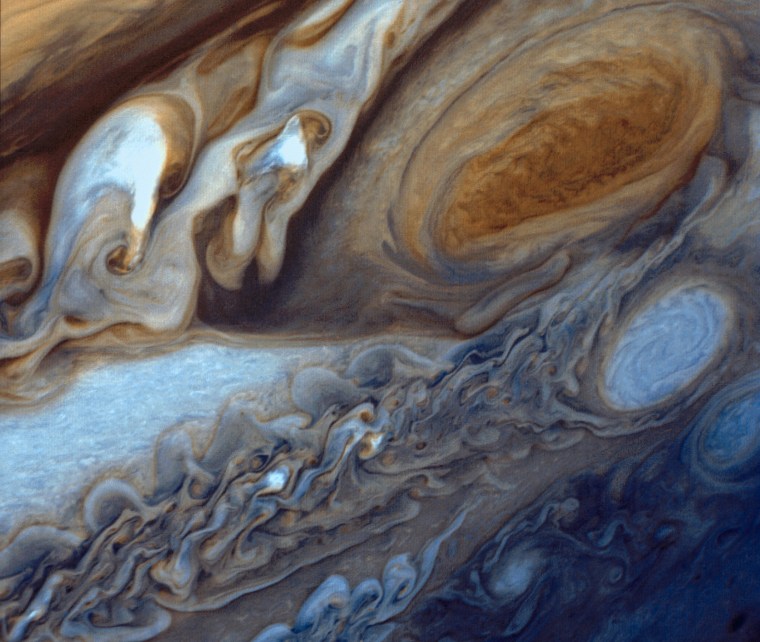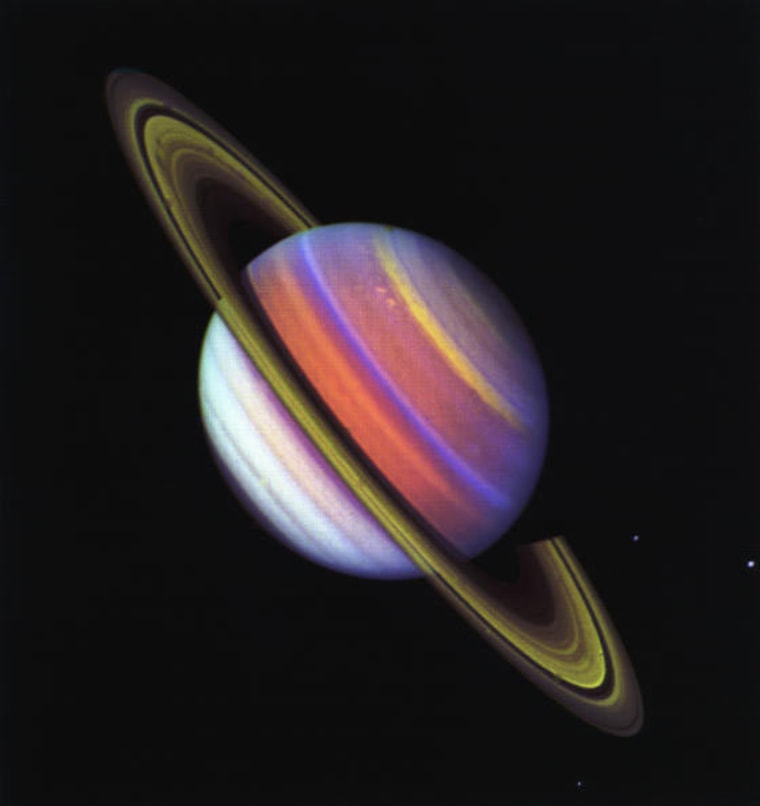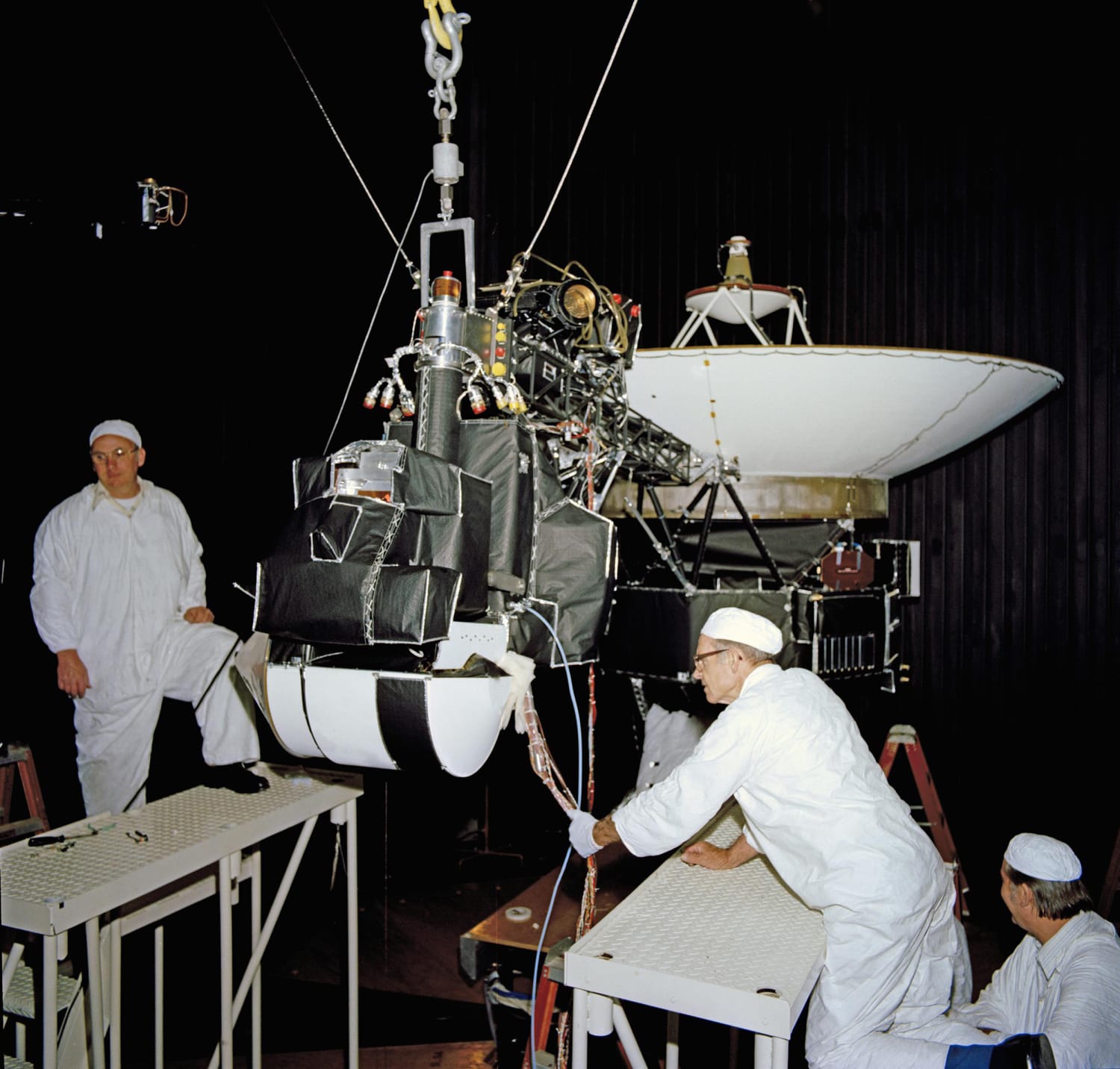Where the Voyager probes have led, others will follow. A panel to set the nation’s scientific priorities for the next 10 years is considering a proposal for a $3.1 billion Interstellar Probe (IP) that could reach the Voyagers’ current location in as little as 15 years. If it’s approved in 2024, the probe could be launched by 2036.
Ralph McNutt, who heads space science at the Johns Hopkins Applied Physics Laboratory in Laurel, Maryland, has worked on the Voyager missions for his entire career. He witnessed the Voyager 1 launch in September 1977, and he’s now a leader of the IP project.
“We can get to a speed of about twice that of Voyager 1, and get about twice as far before the Interstellar Probe runs out of power,” he said.
The newer probe would be much more capable than the Voyagers, which were built with 45-year-old technology, and the project’s planners now have a much better idea of what’s possible and what to expect on the journey.
The key transmitter on the new probe and its instruments, including magnetometers and spectrometers, would be many times more powerful than their 1977 equivalents. And the IP could also visit some of the mysterious Kuiper Belt objects in the outer reaches of the solar system, which are thought to be the origins of some comets, McNutt said.


Until the Interstellar Probe gets the green light, however, the Voyagers will be humanity’s foremost representatives in interstellar space. In about 40,000 years, Voyager 1 will get relatively close to another star in the constellation Camelopardalis, while Voyager 2 will near a star in the constellation of Andromeda on its way to the giant star Sirius, which it will reach in roughly 300,000 years.
Long before then, however — in as little as 10 years — both Voyager probes will completely run out of power, Spilker said. Each probe is powered by plutonium batteries, but they’ve already started to weaken, and every few months NASA engineers order the probes to shut down a few more of their onboard systems. Their hope is that they can eke enough power out of the batteries so some of the instruments can keep working, at least until the 50th anniversary of the twin launches in 2027.
After that, who knows?
“Fingers crossed, if everything goes as planned, we could get to the 2030s,” she said.
Whenever their power does finally run out, the Voyager probes will serve as “silent ambassadors” to the stars, Spilker said. Each probe is carrying a record, imprinted on gold, of sounds on Earth, including a baby’s cry, a whale’s song, music by Mozart and Chuck Berry, and greetings in 55 different languages.
“Maybe some other civilization will find them, and will want to know more about the Earth,” Spilker said.
Source: | This article originally belongs to Nbcnews.com









